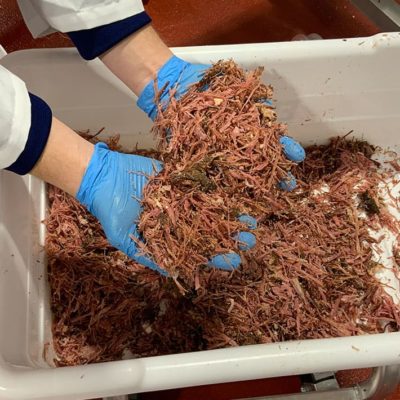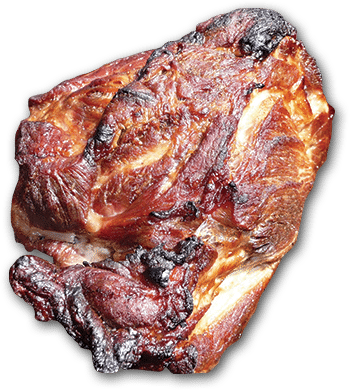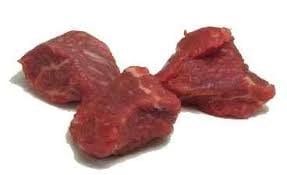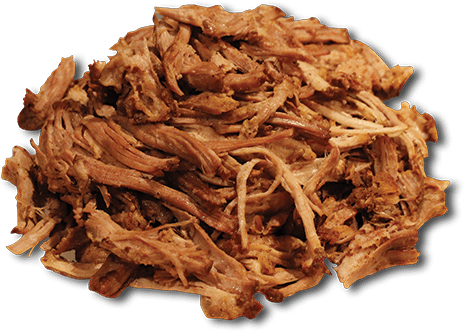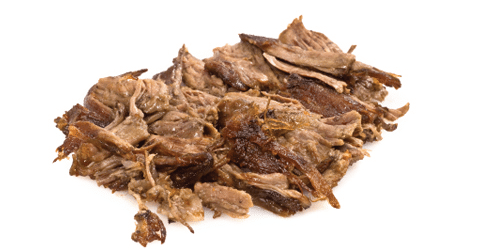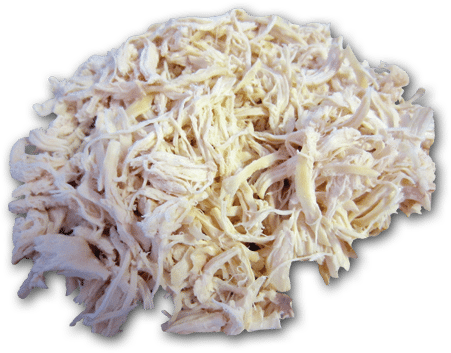Beef takes the longest to cook, as the connective tissue within the muscle renders only after internal temperature is held longer at the higher temperature. Beef is also the most difficult to adjust the shred size because it doesn’t break apart until it reaches a certain temperature, then it falls apart.
These properties make it even more important that the total product height is consistent: no more than 4 inches tall to get the longest shred size and still be able to cook in a reasonable amount of time.
Like pork, it doesn’t really matter what beef cuts you are using; they all render about the same.
Most companies choose not to shred beef, as it is costly per pound and shrinks a lot when cooked the necessary amount of time — meaning the overall yields on shredded beef are not as good.
In order to combat this issue, brine can be injected into the raw meat or the product can be vacuum tumbled to add 15-20% weight before cooking. Salt brine binds the muscles to an extent, making the muscle fibers and shreds softer resulting in more chunks.
Sample steam cook process (a smoke step without humidity can be added):
- Cook at 140° F for one hour
- Cook at 155° F for one hour
- Cook at 170° F for one hour
- Cook at 190° F until internal temperature reaches at least 180° F
- Hold for at least one hour



